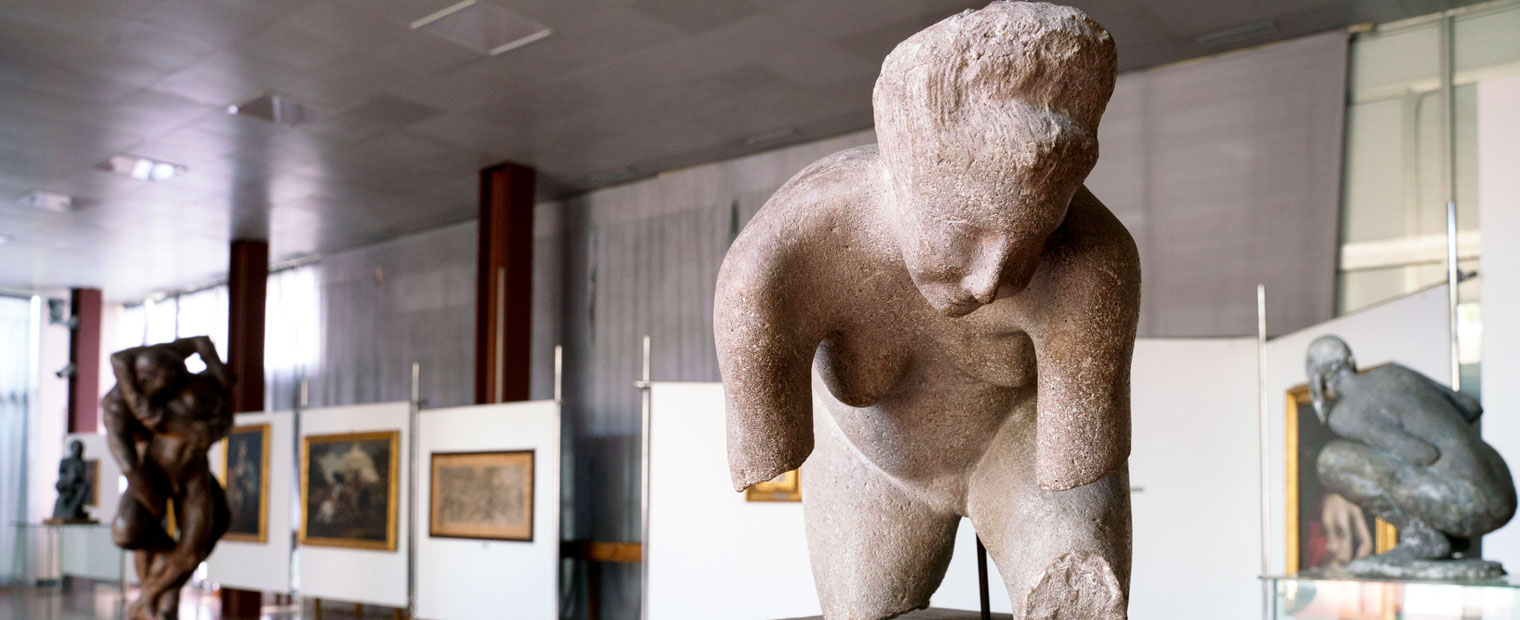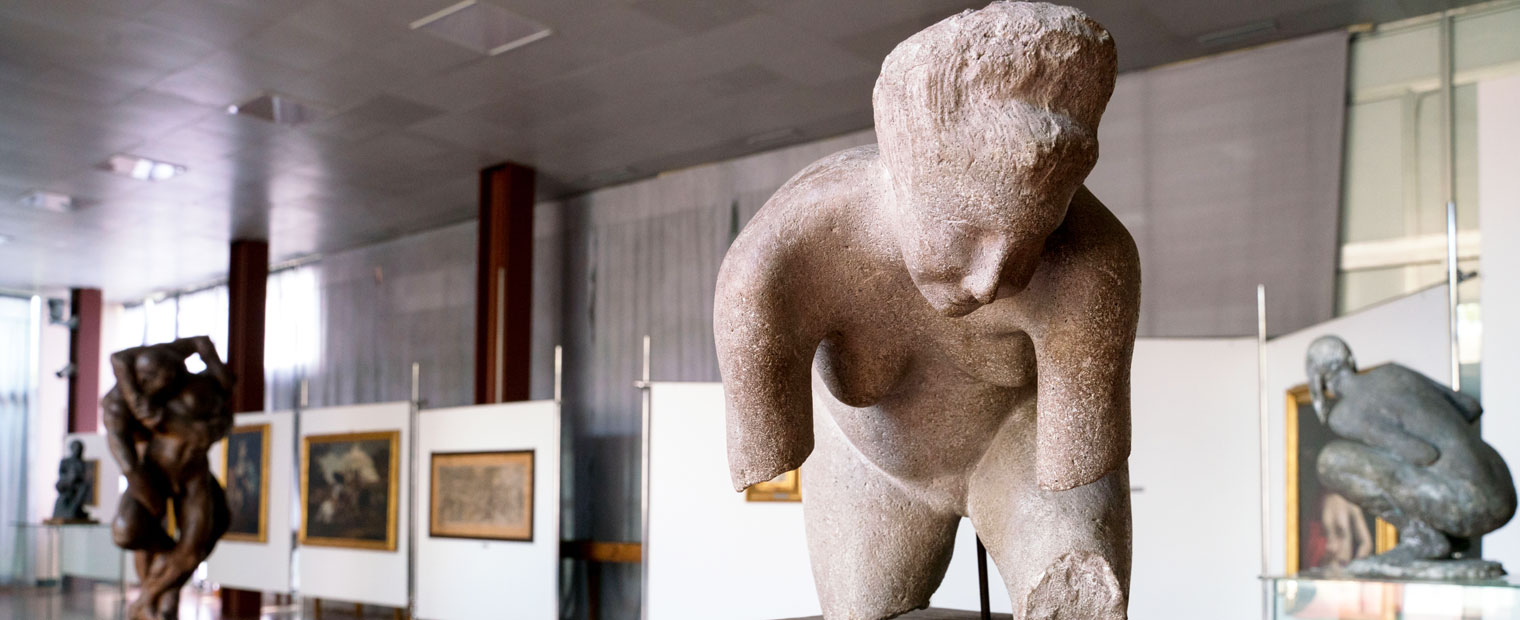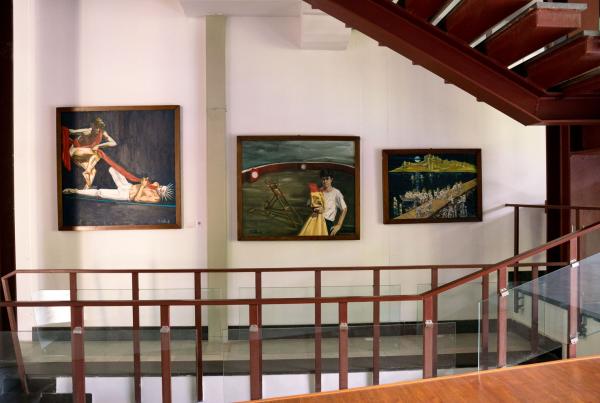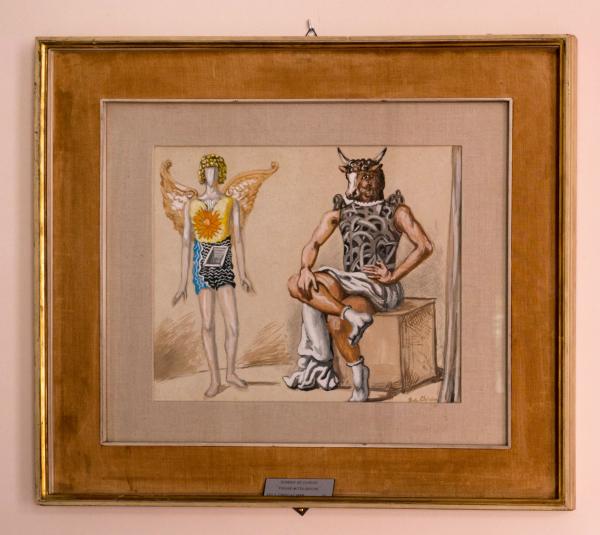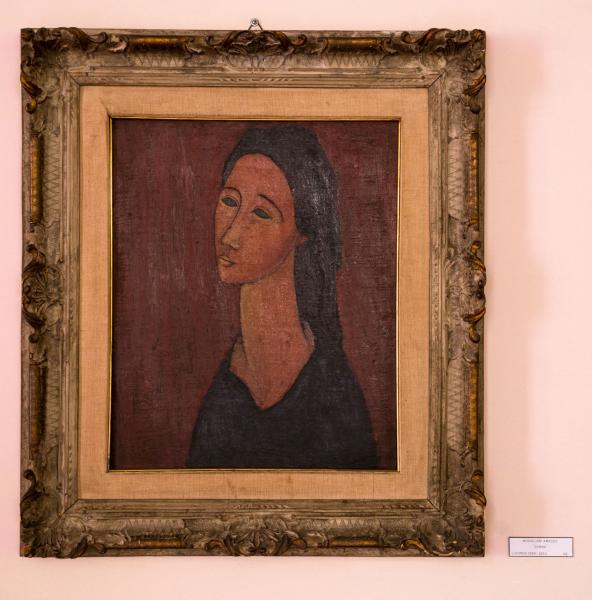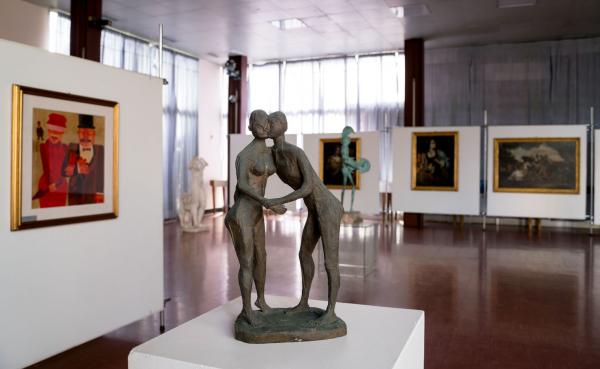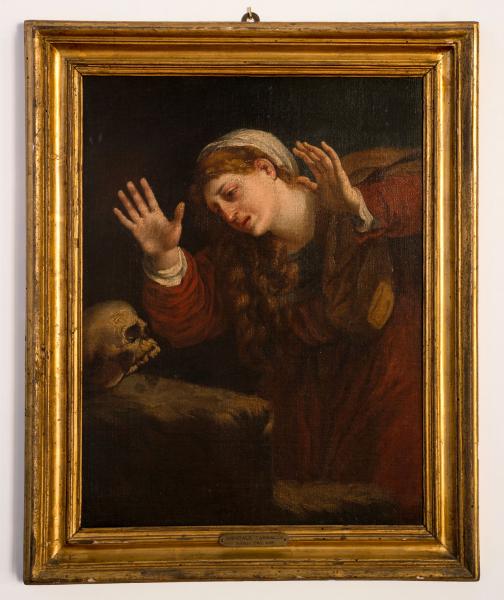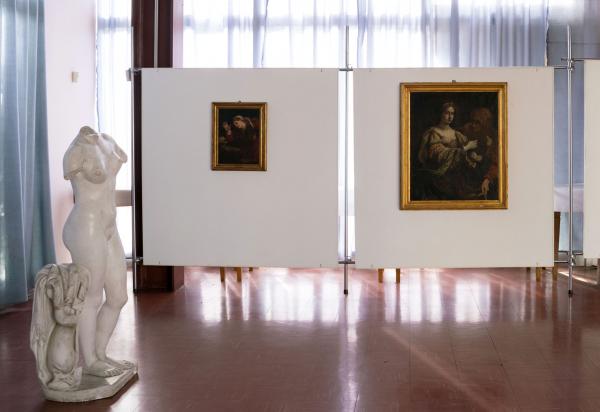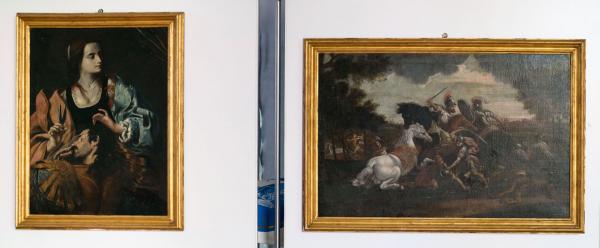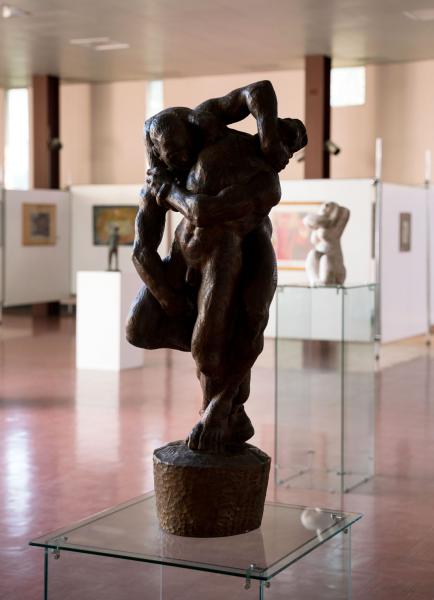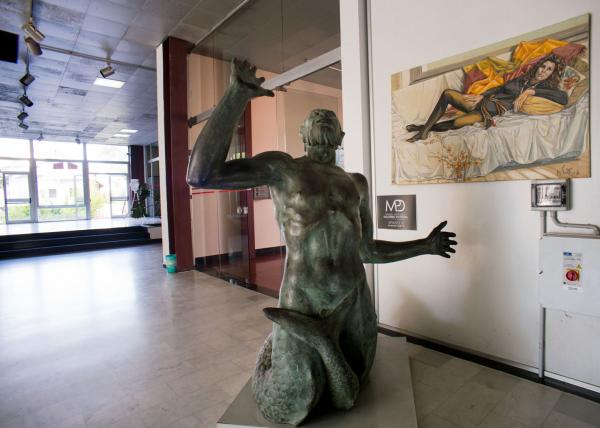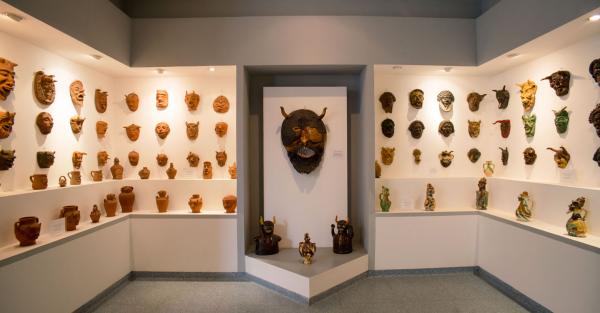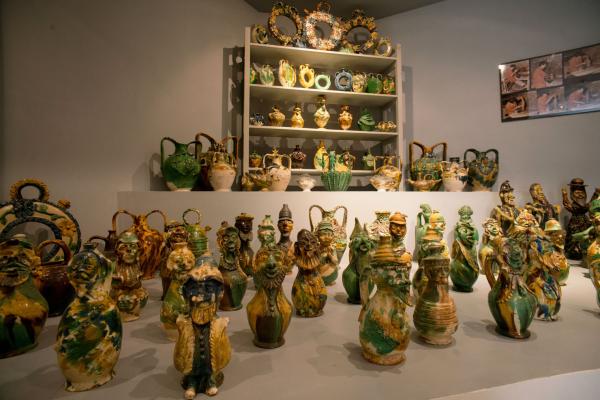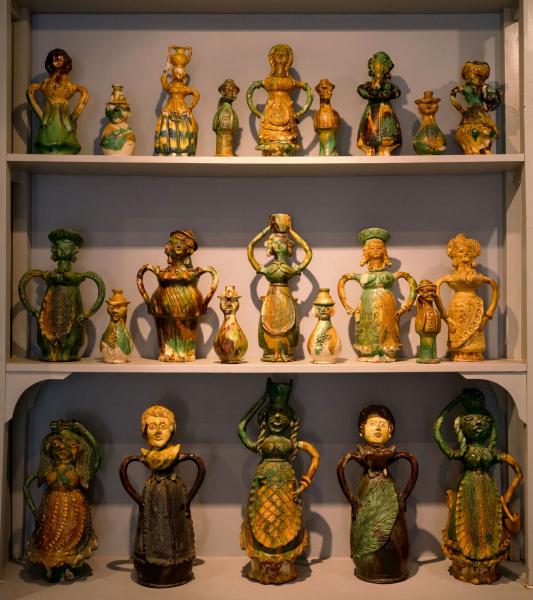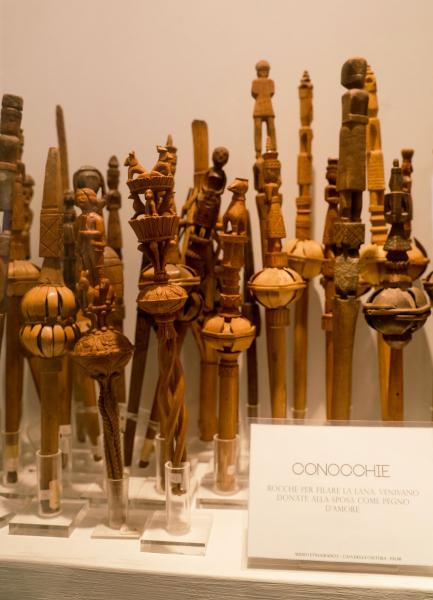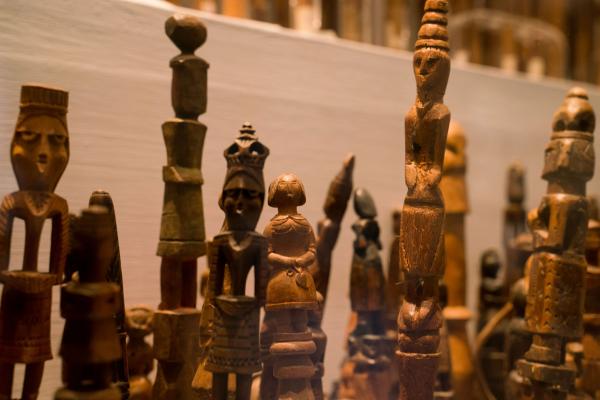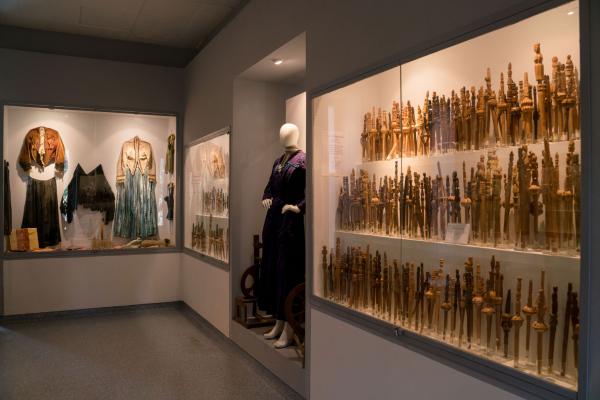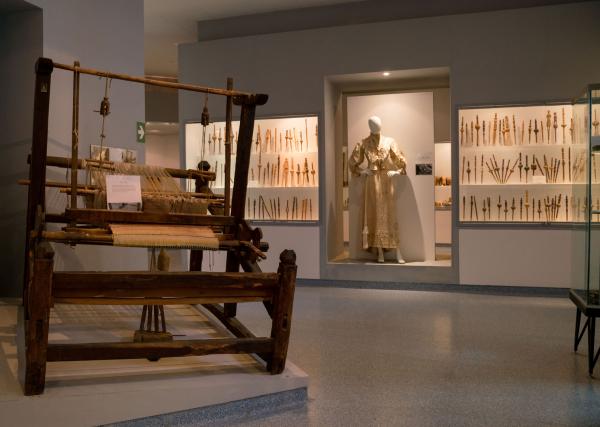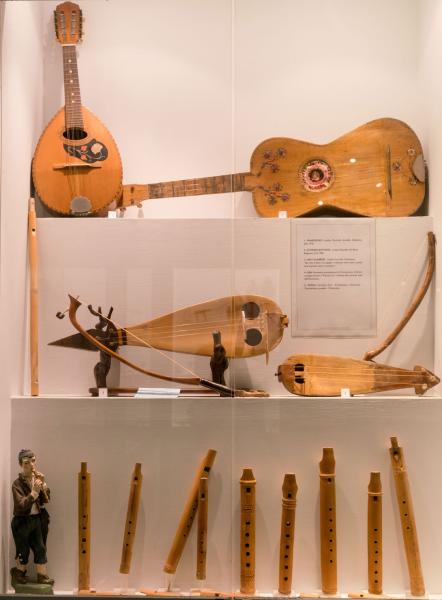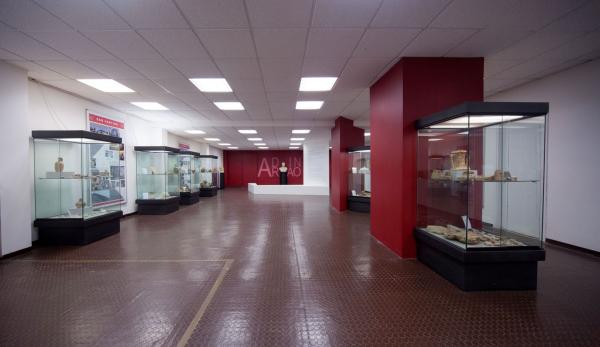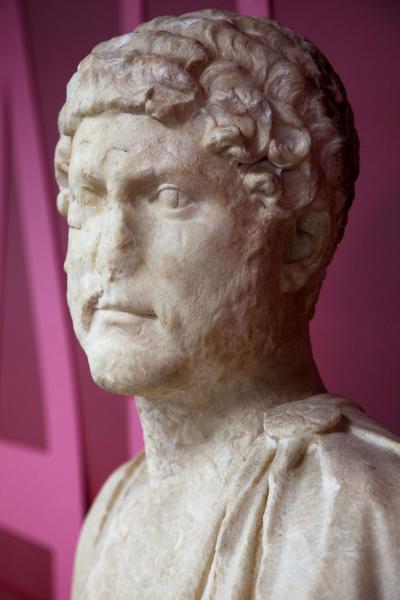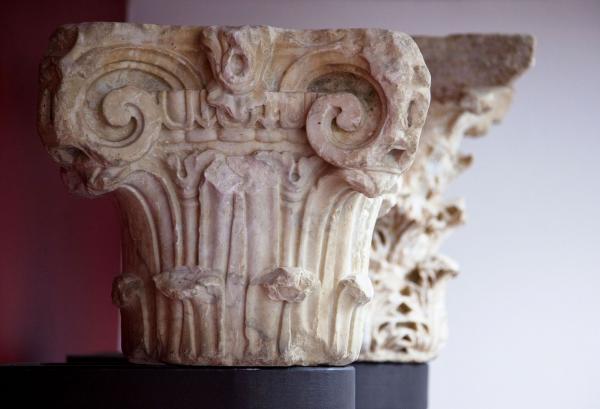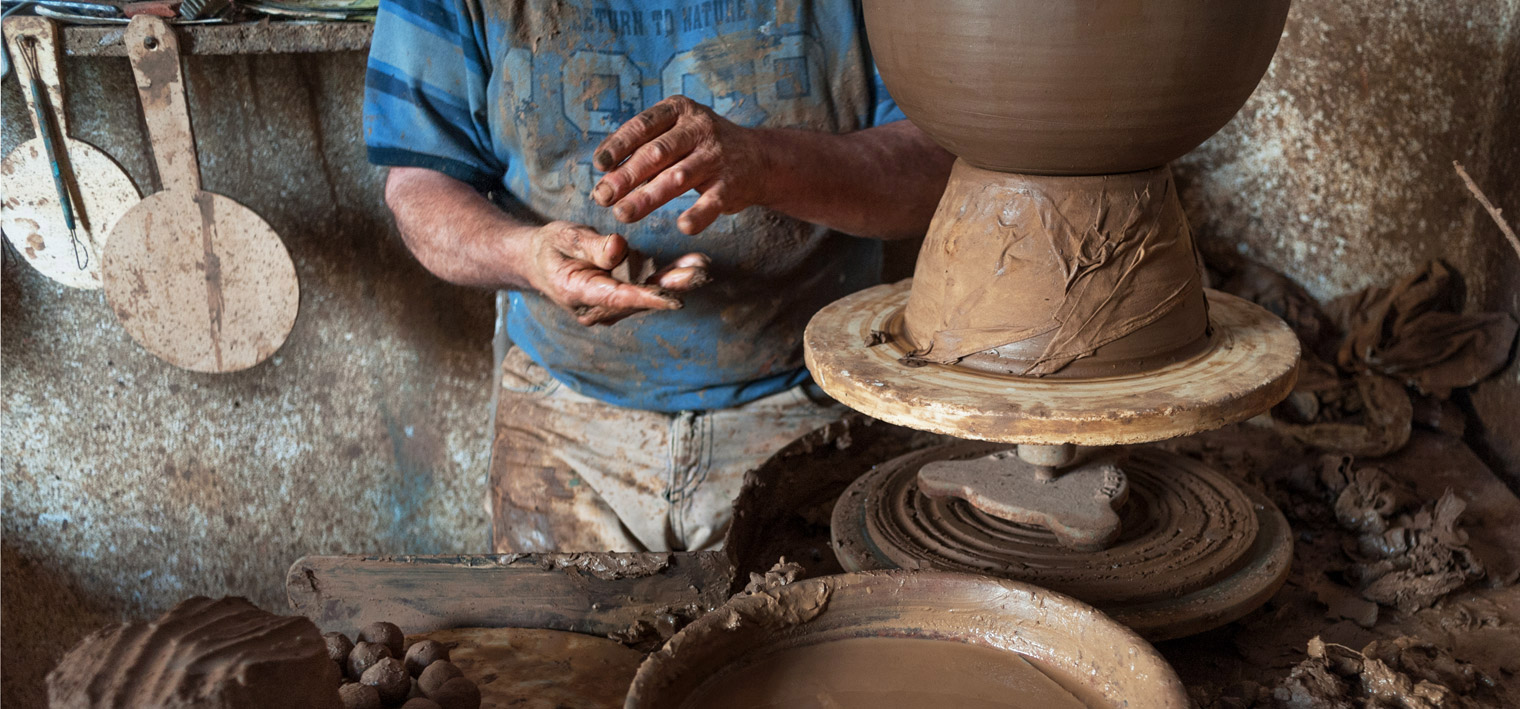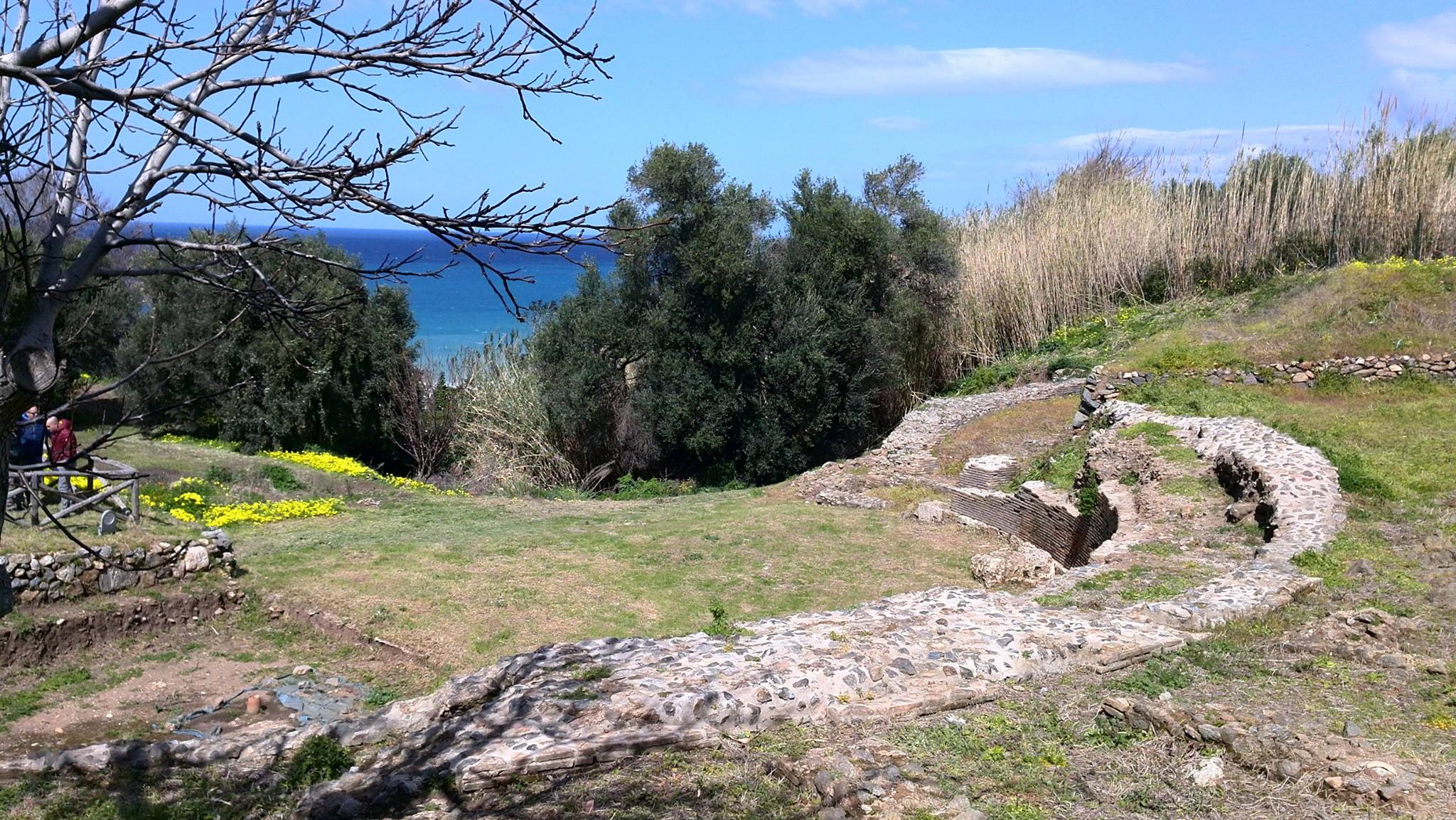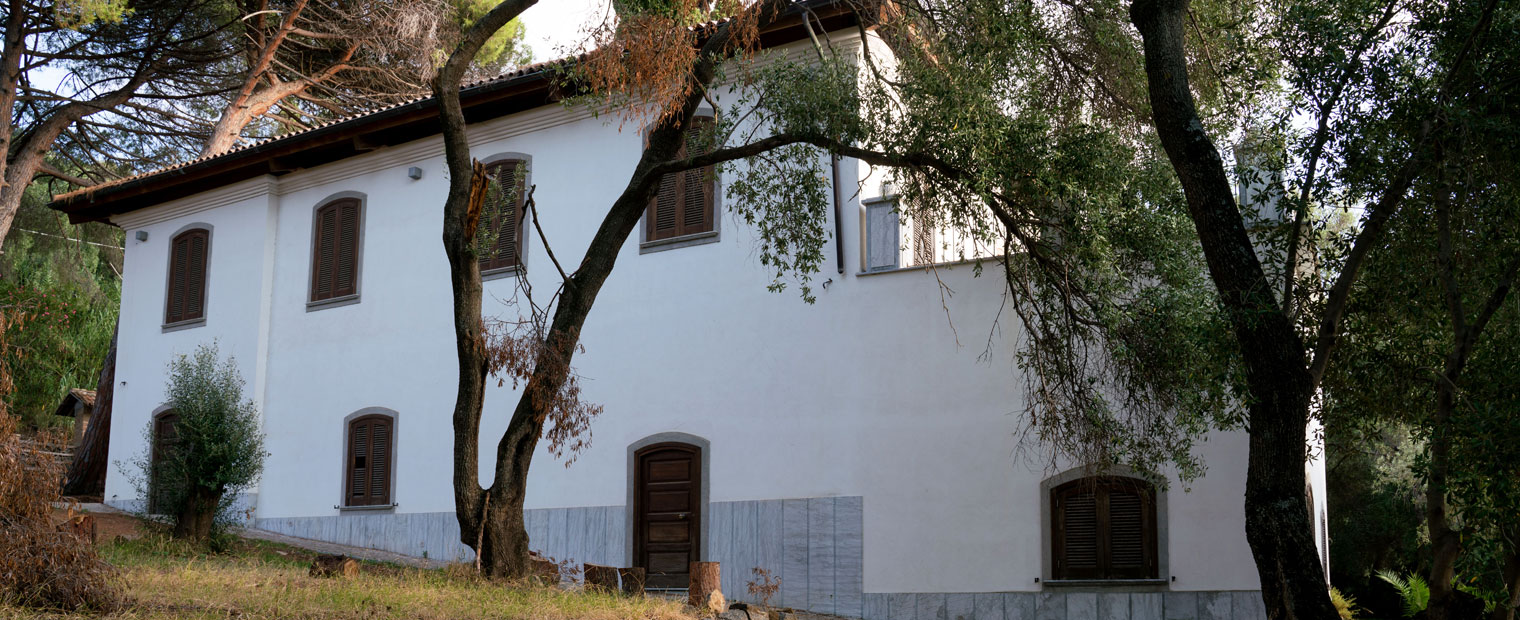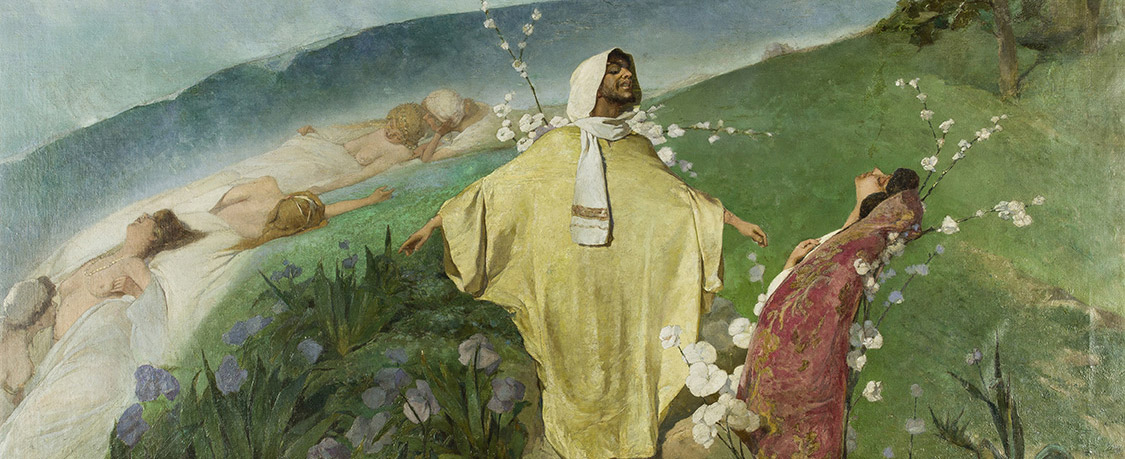The Palmi House of Culture is a complex that contains different museum sections, offering many possibilities for cultural study with a unique look at the artisan traditions and the ancient history of the region. Its construction, which began in 1968, only ended in 1982. It is named after and dedicated to Leonida Repaci, a local writer and founder of the Premio Viareggio.

The ample structure and its many realities
The large halls of the Palace host many realities: the Pinacoteca where Guercino, Manet, Camille Corot, Giovanni Fattori, Renato Guttuso and works by Marino Mazzacurati are exhibited. The Raffaele Corso Museum of Ethnography and Folklore documents the activities related to agriculture, pastoralism, ceramics, fishing, art, and popular traditions; the Domenico Topa Municipal Library, on the other hand, holds 122,00 volumes. The Nicola De Rosa Antiquarium houses finds relating to Taurianum, while the Michele Guerrisi Gipsoteca has a collection of oils, watercolours, and chalk studies completed by the Calabrian sculptor who it is named after. There is also the Musical Museum dedicated to Francesco Cilea and Nicola Antonio Manfroce, the State Archive of Reggio Calabria – Section of Palmi, and the municipal auditorium.
The Pinacoteca, a treasure full of art
The Pinacoteca inside the centre contains over 200 works of art donated by the writer Repaci to the city of Palmi. Walking through its halls, one is surrounded by dozens of masterpieces and it can be said that the collection gives life to one of the most important modern and contemporary art galleries in Southern Italy, helping to create awareness regarding the most important Italian artists through sculptures, paintings, and drawings. It features very important by Modigliani, Manet, and Guttuso, as well as very important paintings from the 1600 and 1700s. A visit to the Pinacoteca di Palmi will leave you stunned.
The Raffaele Corso Museum of Ethnography and Folklore
The Museum was founded in 1955 and over the years it has enriched its unique collection of objects from the Calabrian craft tradition linked to pastoral life. There are many tools used for hunting, fishing, and cultivation; the exposed conocchie are particularly unique, useful objects used for weaving, which, according to tradition, became a pledge of love given to one’s beloved. The display of apotropaic masks and babbalutes are not to be missed, fundamental elements in the superstitious tradition of Calabrian popular magic and religiosity, and the precious collection of Seminara ceramics.
The Nicola De Rosa Antiquarium
The Antiquarium is a veritable archaeological section that includes numerous finds from the geographical area of ancient Taureana: ancient pottery, amphorae, artefacts from the Greek and Roman eras, numismatic artefacts, many of which came from underwater research since the site was located along the routes that crossed the Messina Strait. The Antiquarium also has a beautiful bust of the Roman Emperor Hadrian (76 - 138 AD), dating back to the 2nd century AD, found in 1891 among the remains of an ancient Villa, inside what is presently the Archaeological Park of the Taureans.
Who was Leonida Repaci?
The last of ten children, Leonida was among the most representative figures of the 20th century Calabrian culture for a variety of interests, the vastness of production, and passion for his political and social commitment. In the 1930s, he alternately stayed in Rome and Palmi, where, in a villa (the Pietrosa), he began to gather collections of paintings, sculptures, and books, with the intention of making it a centre of culture to donate to the city: the heart of the building that is today dedicated to him.
